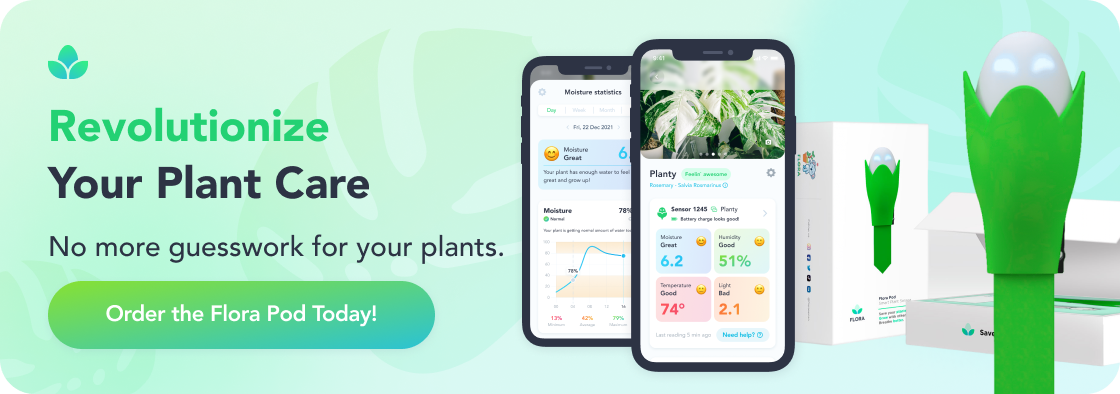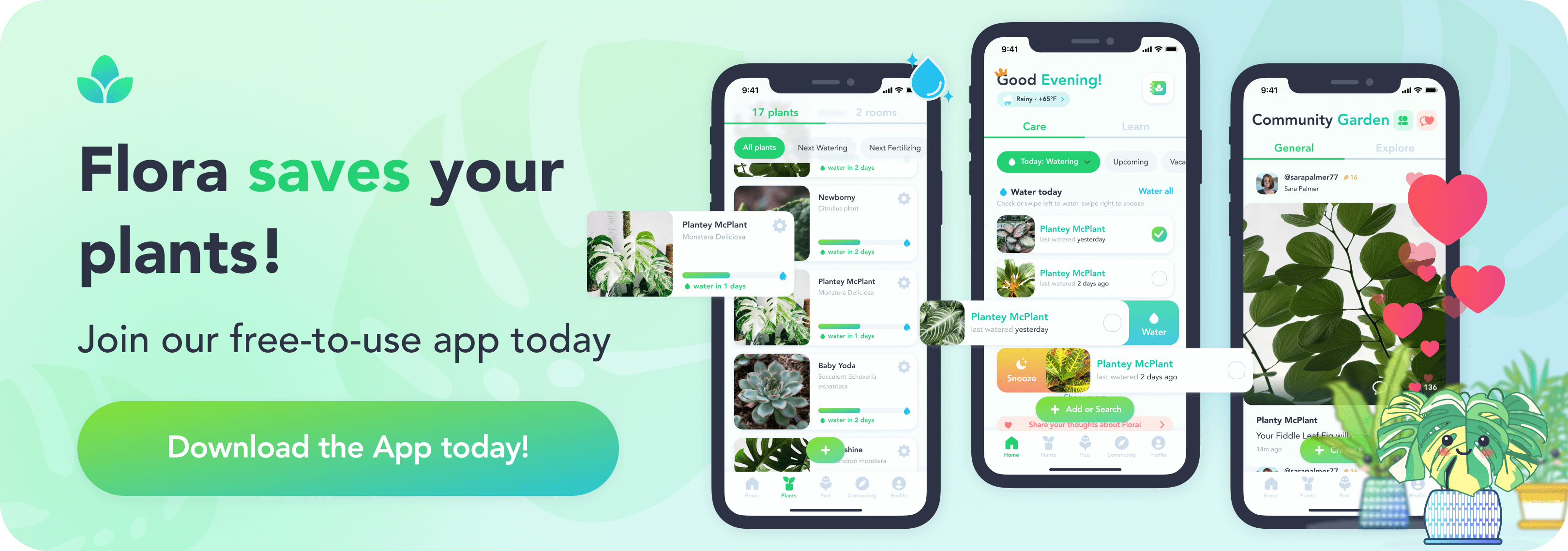How to Water Air Plants
Air plants, or Tillandsia, have unique watering needs that differ from traditional houseplants. Since they absorb moisture through their leaves instead of roots, understanding how to water air plants correctly is essential to keeping them healthy. The right balance of hydration prevents dehydration while avoiding rot, both of which can affect their longevity. Factors such as humidity, airflow, and water quality all play a role in determining how often to water air plants and what methods work best. Whether you’re soaking, misting, or adjusting for seasonal changes, proper watering techniques ensure your air plants stay vibrant and thriving in any environment. Understanding Air Plants' Water NeedsAir plants do not grow in soil and rely entirely on their leaves to take in moisture from the air. Their native environments—humid rainforests, cloud forests, and even deserts—provide clues to their ideal watering conditions. In tropical settings, air plants benefit from frequent misting due to high humidity levels. In contrast, those adapted to drier climates survive on occasional rainfall and moisture absorbed from morning dew. When kept indoors, the environment often lacks natural humidity, requiring you to take a more intentional approach to watering. Because they do not have traditional roots to pull moisture from the ground, air plants need thorough but periodic soaking to prevent dehydration while avoiding rot. Their ability to absorb water quickly through their trichomes—specialized leaf structures—means they should be fully submerged for deep hydration rather than receiving light misting alone. The frequency and method of watering air plants vary depending on several factors, including climate, season, and the plant’s specific variety. Maintaining the right balance ensures they thrive without suffering from excessive dryness or water retention. How to Water Air PlantsWatering air plants correctly involves more than just misting their leaves. Since they lack soil to retain moisture, their hydration depends on thorough soaking, misting, or a combination of both, depending on the environment. Ensuring air plants receive the right amount of moisture without overwatering or drying out completely is key to their longevity. Soaking vs. Misting: Which Method is Best?For most air plants, soaking is the most effective way to deliver deep hydration. This method mimics the heavy rainfall they receive in the wild, allowing them to absorb sufficient moisture through their trichomes.
Factors That Affect Watering Needs
How Often to Water Air PlantsEstablishing a consistent watering schedule for air plants is essential for keeping them healthy. The frequency of watering depends on environmental factors, such as humidity, temperature, and light exposure. While soaking once a week is a general rule, adjustments may be necessary depending on your plant’s surroundings. General Watering Guidelines
How to Adapt Watering Based on Your Air Plant’s AppearanceSince each air plant’s hydration needs may vary, monitoring their physical condition helps you adjust your watering schedule effectively.
Paying attention to your plant’s health and adjusting watering habits accordingly ensures they receive just the right amount of moisture. Best Practices for Drying Air PlantsProper drying is just as important as watering when it comes to air plant care. Since air plants do not have soil to wick away excess moisture, they rely entirely on airflow to dry out. Inadequate drying can lead to fungal infections, rot, and overall plant decline. Ensuring they dry thoroughly after watering prevents these issues and promotes long-term health. How to Dry Air Plants EffectivelyAfter each watering session, air plants should be dried in a well-ventilated area with good air circulation. Proper drying prevents water from sitting in the plant’s base, which can lead to rot.
How Long Should Air Plants Take to Dry?The drying time for an air plant varies depending on environmental conditions:
Air plants that remain damp for too long are prone to bacterial infections. Ensuring they dry properly between waterings will help them stay healthy and vibrant. Water Quality for Air PlantsThe quality of water you use plays a significant role in the health of your air plants. Unlike traditional houseplants that filter water through their roots, air plants absorb moisture directly through their leaves. This means that any chemicals, minerals, or impurities in the water can directly affect their well-being. Choosing the right water source helps ensure proper hydration without causing harm. Best Types of Water for Air PlantsNot all water sources are equal when it comes to air plant care. The best options provide essential minerals while avoiding harmful additives.
Water Sources to AvoidCertain types of water can cause long-term damage to air plants by leaving behind residue or stripping away essential nutrients.
Common Mistakes in Watering Air PlantsWatering air plants may seem simple, but several common mistakes can lead to dehydration, rot, or poor plant health. Understanding these pitfalls helps you avoid unnecessary damage and keeps your air plants thriving. Over-Watering and Insufficient DryingOne of the most frequent mistakes is over-watering, often caused by soaking air plants too frequently or failing to dry them properly. Since air plants absorb water directly through their leaves, excessive moisture can quickly lead to rot.
Using the Wrong Water SourceNot all water is suitable for air plants. Using chemically treated or mineral-deficient water can have negative long-term effects.
Ignoring Environmental FactorsEach air plant’s watering needs depend on its environment, yet many plant owners stick to a one-size-fits-all approach, leading to improper hydration.
Watering at the Wrong Time of DayWatering at the wrong time can affect how well your air plant absorbs moisture and dries. Since air plants need proper airflow to dry, watering too late in the day prevents adequate evaporation, increasing the risk of rot. Morning watering is ideal, giving the plant enough time to dry before nighttime. By avoiding these common mistakes, you can maintain a healthy hydration balance, ensuring your air plants stay vibrant and resilient. FAQs About How to Water Air Plants1. How do you water air plants without soaking them?If you prefer not to soak your air plants, misting them thoroughly 2–3 times per week with filtered or rainwater can provide sufficient hydration. This method works best in humid environments or when plants are displayed in terrariums where soaking isn't practical. Ensure the mist reaches all parts of the plant and allow proper drying to prevent excess moisture buildup. 2. How often to water air plants in winter?During winter, air plants require less frequent watering due to lower temperatures and reduced evaporation. Soaking them once every 10–14 days is usually sufficient. If your indoor air is dry due to heating systems, occasional misting between soakings can help maintain moisture without overwatering. 3. Can I use tap water to water air plants?Tap water is not ideal for air plants, as it often contains chlorine, fluoride, and minerals that can accumulate on the leaves, reducing their ability to absorb moisture. If tap water is your only option, let it sit for 24 hours to allow chemicals to dissipate before using it for soaking or misting. 4. How can I tell if my air plant needs water?Signs of dehydration include curled, shriveled, or dry leaf tips, as well as a dull or faded appearance. If the leaves are still firm and vibrant, the plant likely has sufficient moisture. Checking your plant’s texture and color regularly helps determine when it needs hydration. 5. What is the best time of day to water air plants?Watering air plants in the morning allows them to absorb moisture while ensuring they dry completely before nightfall. This prevents excessive moisture retention, which can lead to rot. Avoid watering in the evening when airflow is lower, as it increases the risk of fungal growth. Providing the right amount of water is crucial for maintaining the health of air plants. Over-watering can lead to rot, while insufficient hydration causes curling, shriveling, and dehydration. Using high-quality water, adjusting based on climate, and ensuring thorough drying after watering are all essential for long-term care. By following best practices and observing your plant’s response, you can create an effective watering routine tailored to its specific needs. With the right approach, air plants will continue to grow and flourish, enhancing your space with their unique, soil-free beauty.
|

Shop Plants
Top 10 Most Popular Roses
Mar 22, 2022
How to Care for China Roses
Mar 11, 2022
How to Care for Chinese Money Plants
May 15, 2020
How to Grow and Care for A Bird of Paradise
Apr 26, 2020
Top 10 Plants To Grow In A Terrarium
May 31, 2022
How to Grow and Care for Lucky Bamboo
Mar 29, 2022
How to Grow and Care for Corn Plants
Mar 29, 2022
How to Care for Madagascar Dragon Trees
Mar 21, 2022



